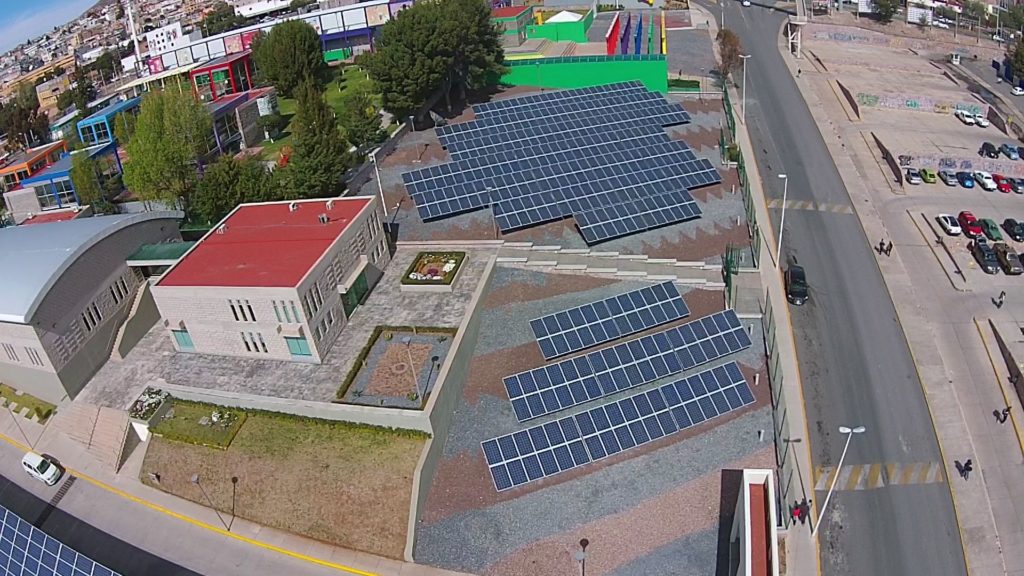Mexico’s Federal Electricity Commission (CFE) has decided to retire the legal provisions – the so-called “Amparo” – it was looking to introduce against net metering rules for DG, issued by Mexican energy regulator, CRE.
The state-owned utility, which has not provided any explanation for its decision, previously said the legal provisions against net metering were due to the fact it could affect its revenue, as the payment solutions for excess power under the mechanism were not reflecting real costs of electricity generation in every one of the country’s regions.
The request of the Amparo by the CFE had raised protests from all Mexican entities involved in renewable energy development, including Mexico’s solar association, Asolmex and Anes. According to them, if CFE’s legal provisions against net metering would have come into force, this would have meant the halting of all solar DG projects.
The distributed generation segment has been the main driver of PV growth over the last few years, with big solar parks only recently beginning to come online.
According to the latest available official statistics, Mexico had a cumulative installed PV capacity of around 460 MW at the end of June 2017, a good portion of which is represented by residential PV systems bigger than 10 kW, and residential and commercial rooftop installations.
Net metering is currently open to PV installations not exceeding 500 kW in size. The Mexican PV sector, however, has asked to raise this limit to 2 MW. This may open the market to a larger number of players, and encourage more Mexican businesses and industries to reduce their energy bills by going solar – something that could result in lower power prices of 15 to 20%.
This content is protected by copyright and may not be reused. If you want to cooperate with us and would like to reuse some of our content, please contact: editors@pv-magazine.com.




Could you tell me what tariff netmetering occurs under at the CFE in Mexico. I’m interested in knowing whether distributed generation, especially smaller residential systems, receives retail pricing for the kilowatt hours those systems are feeding the grid. I model the gains from DG and without retail parity I’m wondering whether in Mexico the gains from solar I’ve been reading about are real.